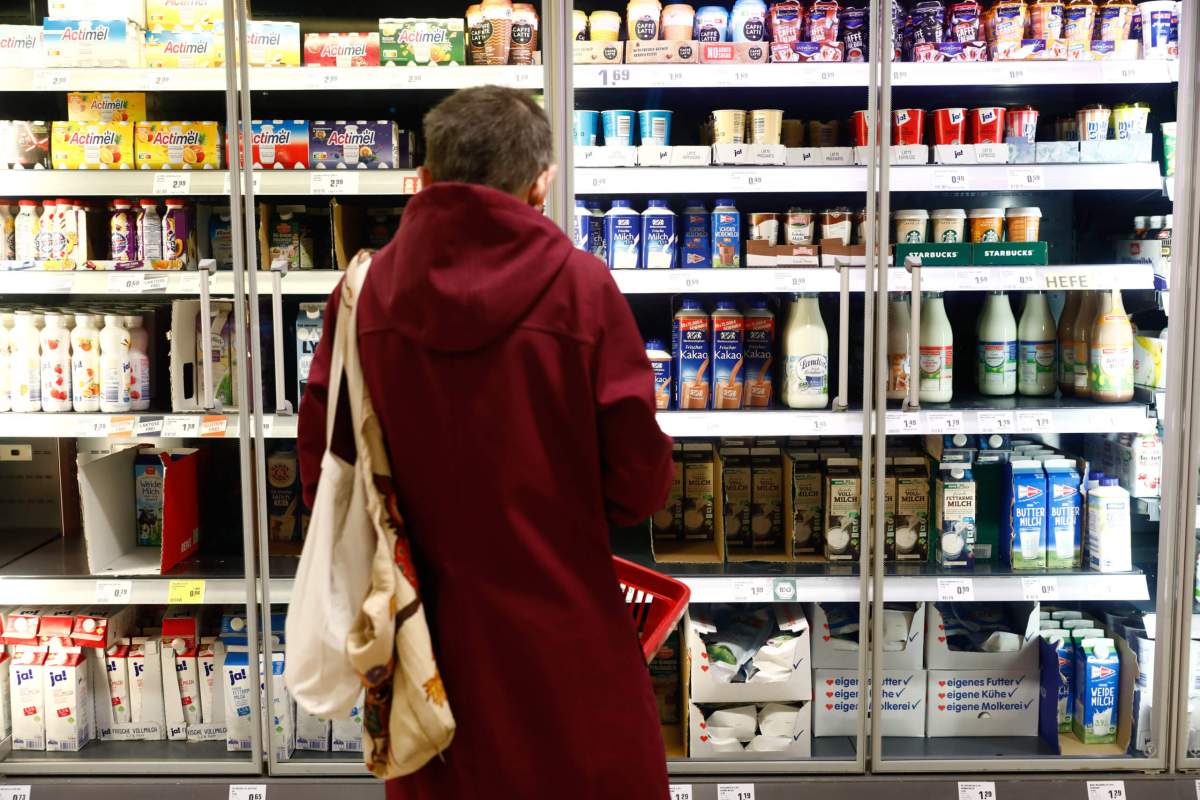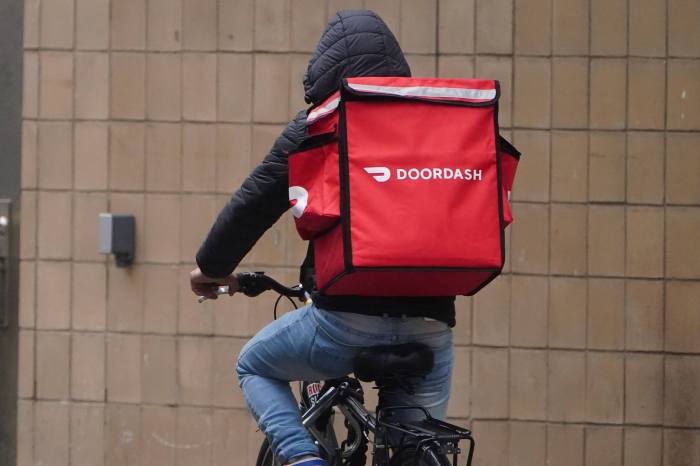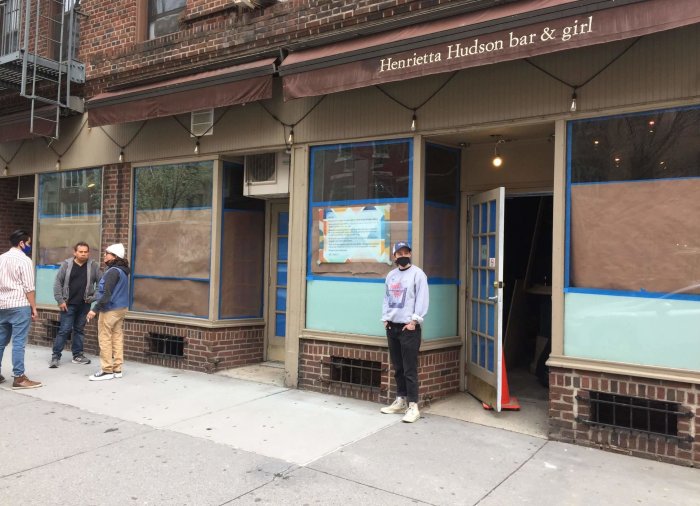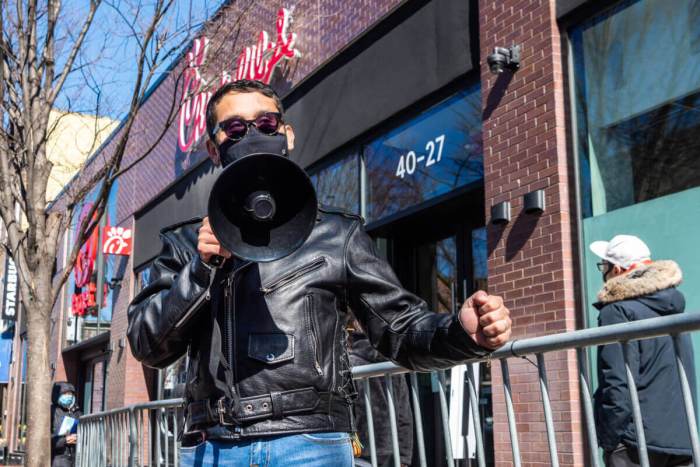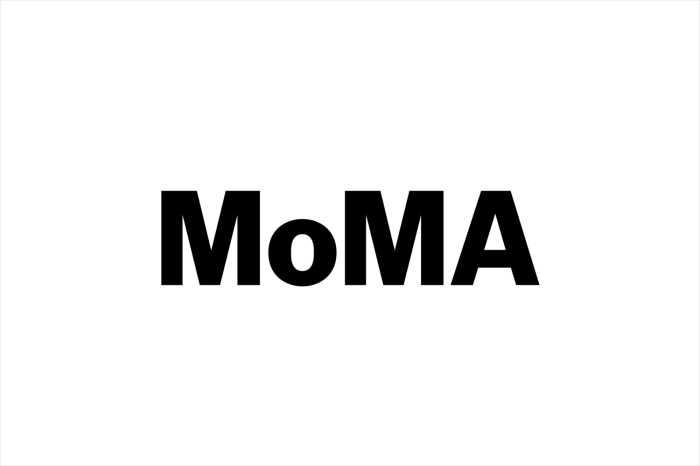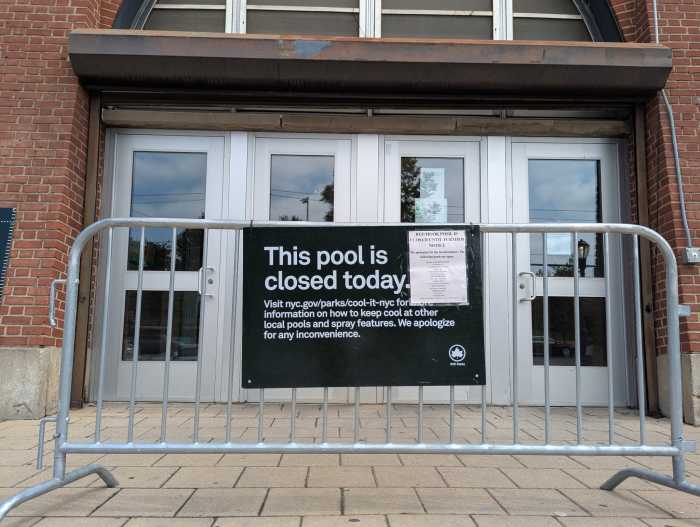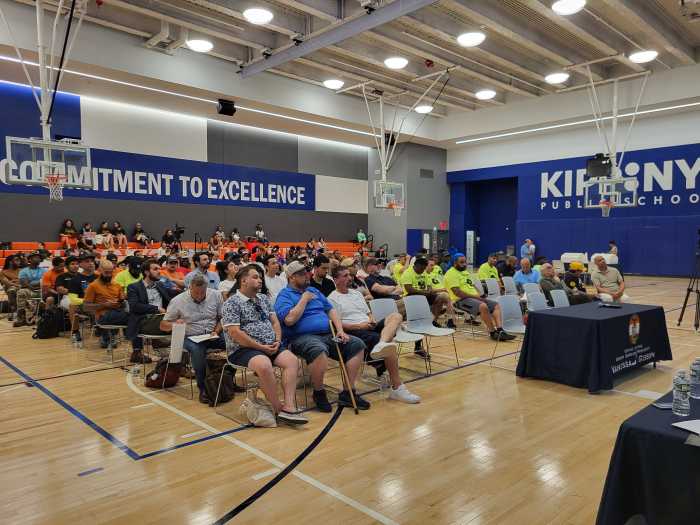As the pandemic raged on into the summer and fall of 2021, approximately 25 percent of transgender individuals in the United States said they did not have enough food to eat, according to the Williams Institute of UCLA’s evaluation of a Census survey conducted between June and October.
Numbers from the Census Bureau’s Household Pulse Survey show that the number of trans adults experiencing food insufficiency — or have not had enough food for the last week — far outweighed the eight percent of cisgender adults who said they weren’t getting enough food to eat.
The differences were even more stark when the numbers factored in racial and gender disparities: Among trans people of color, 36 percent were likely to experience food insufficiency compared to 13 percent of cisgender people of color and 17 percent of transgender white people, according to the report. Six percent of cisgender white people reported food insufficiency.
“Transgender people face high rates of poverty, and the COVID-19 pandemic has had a disproportionate economic impact on LGBT people,” the report’s lead author, Kerith J. Conron, said in a written statement. “The commonality of food insufficiency among transgender people shows how critical it is to ensure access to jobs that pay livable wages and to improve access to food resources for this highly marginalized population.”
The numbers coincide with rising inflation and a 5.3 percent increase in food prices from October 2020 to October 2021, according to the United States Department of Agriculture (USDA).
The report also found that 29 percent of trans adults and 13 percent of cisgender adults experiencing food insufficiency reported incomes that fell just outside of the eligibility limit for the Supplemental Nutrition Assistance Program (SNAP), meaning they were unable to access food assistance that they needed. At the same time, 30.7 percent of transgender individuals who were eligible for SNAP were enrolled in it.
Educational differences were also apparent at a time when the federal government has faced increased pressure to provide student debt relief. Twenty-two percent of trans adults with a Bachelor’s Degree reported food insufficiency compared to 13.5 percent of cisgender adults with a high school degree or less.
The pandemic may have exacerbated food insecurity among transgender individuals, but the disparities were evident prior to the emergence of COVID-19. A 2019 Williams Institute report found that 21 percent of the queer population in New York was food insecure compared to 14 percent of non-LGBTQ people.
The pandemic, meanwhile, is showing no signs of slowing down with a new year on the horizon. The US is reporting more than 120,000 daily cases and 1,276 deaths per day, according to the New York Times’ COVID-19 tracker, and there is wide concern of the looming impact of the Omicron variant.

